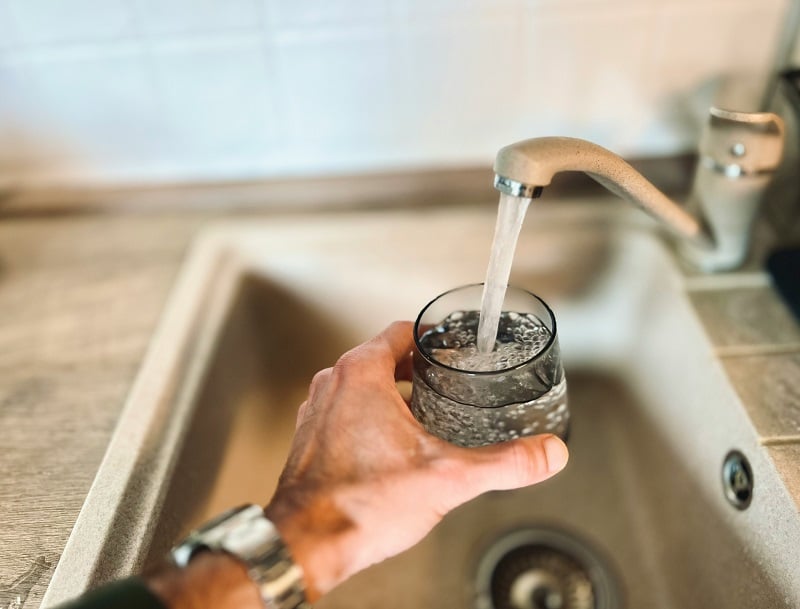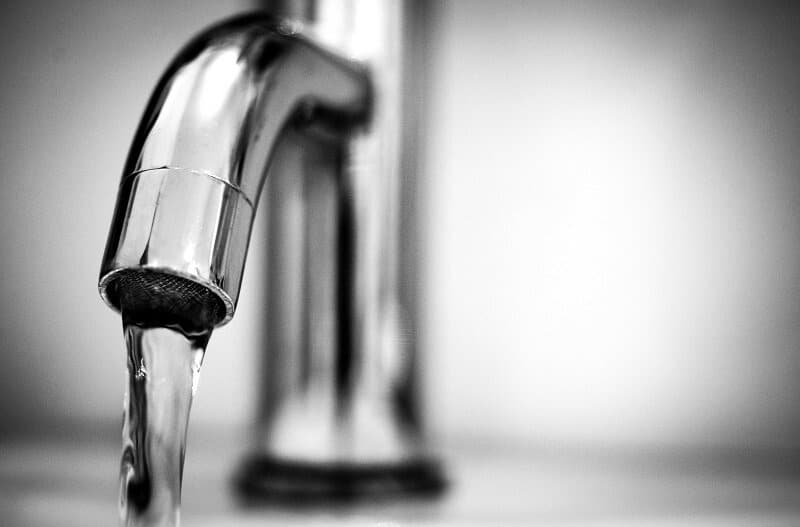When you turn on your faucet, you probably assume the water is clean, safe, and ready to use. But what’s really flowing from your tap? Whether you rely on city water or a private well, understanding what is in tap water is crucial for your family’s health and peace of mind.
This article explores the unseen elements in your water supply, the risks they pose, and how a whole house filtration system can offer an effective line of defense.
What Is Tap Water and Where Does It Come From?
Tap water is the water supplied to your home through municipal water systems or private wells. It’s used for drinking, cooking, bathing, and cleaning — essentially everything in your home. But what is tap water, really?
Sources of Tap Water:
- Surface Water — lakes, rivers, and reservoirs
- Groundwater — aquifers and underground wells
- Recycled Water — treated wastewater, increasingly used in drought-prone regions
Municipal water goes through a series of treatment processes before reaching your home. However, treatment doesn’t always mean pure. Aging infrastructure, agricultural runoff, and industrial pollution can affect what is in city water before it arrives at your tap.
Common Contaminants Found in Tap Water
Even water that meets legal safety standards may contain contaminants. What does tap water contain? The answer might surprise you. According to the Environmental Working Group (EWG), over 250 different contaminants have been detected in U.S. tap water.
The Most Common Types of Contaminants Include:
- Microbial Contaminants:
- Bacteria (e.g., E. coli, coliforms)
- Viruses
- Parasites
- Chemical Contaminants:
- Chlorine and chloramine (disinfection by-products)
- Fluoride (added for dental health, but controversial)
- Nitrates (from fertilizers and septic systems)
- Pesticides and herbicides
- Heavy Metals:
- Lead (often from old pipes)
- Arsenic (naturally occurring in some regions)
- Mercury
- Chromium-6 (a known carcinogen)
- Emerging Contaminants:
- PFAS (per- and polyfluoroalkyl substances, aka “forever chemicals”)
- Pharmaceuticals (antibiotics, hormones)
- Microplastics
These contaminants can enter the water at any stage — at the source, during treatment, or while traveling through the plumbing system.
Health Effects of Contaminants in Tap Water
So, what is in tap water and how does it affect your health? While not every trace element is dangerous, prolonged exposure to certain substances can lead to serious health problems.
Potential Health Risks:
- Lead: Especially harmful to children and pregnant women; may cause developmental delays, learning difficulties, and nervous system damage.
- Nitrates: Linked to “blue baby syndrome” in infants and various cancers in adults.
- PFAS: Associated with liver damage, immune system suppression, hormone disruption, and increased cancer risk.
- Chlorine/Chloramine: Skin irritation, respiratory issues, and potential carcinogenic by-products like trihalomethanes (THMs).
- Arsenic: Long-term exposure can lead to skin damage, circulatory problems, and cancer.
Some contaminants don’t cause immediate symptoms, which is why what’s in tap water can be a silent health risk if left unchecked.
Is Tap Water Safe to Drink?
The safety of tap water varies greatly depending on where you live. Public utilities are required to meet federal standards set by the EPA. However, these standards haven’t been updated in decades and may not address modern contaminants like PFAS or microplastics.
Factors That Affect Water Safety:
- Location: Rural vs. urban water systems
- Age of plumbing: Older pipes may leach lead and copper
- Natural geology: Some areas naturally contain arsenic or radon
- Maintenance of water systems: Outdated infrastructure can let contaminants seep in
Even if your water “meets standards,” you might still ask: Is it safe enough for my family?
That’s why many homeowners are turning to whole house filtration systems for added protection.
How to Remove Harmful Substances from Tap Water
Knowing what is in tap water is only the first step. Taking action to remove harmful elements is what protects your household.
Most Effective Water Filtration Solutions:
- Whole House Filtration System
This comprehensive system filters water at the point it enters your home, delivering clean water to every faucet and appliance.
Advantages:
- Removes sediment, chlorine, heavy metals, and chemicals
- Protects plumbing and appliances
- Improves taste, odor, and skin health
- Reverse Osmosis (RO) Systems
RO units are effective for point-of-use filtration (e.g., under your kitchen sink). They remove up to 99% of contaminants, including lead, nitrates, and PFAS. - Activated Carbon Filters
Ideal for reducing chlorine, pesticides, and VOCs (volatile organic compounds). - UV Purification
Destroys bacteria, viruses, and protozoa with ultraviolet light. Often used in combination with other filtration systems.
Key Benefits of a Whole House Filtration System:
- Cleaner Drinking Water: Reduces contaminants before they reach your glass
- Healthier Showers: Removes chlorine that can irritate skin and lungs
- Appliance Protection: Filters out minerals that cause buildup in water heaters, dishwashers, and washing machines
- Cost Savings: Cuts down on bottled water purchases and appliance repairs
- Peace of Mind: Protects your family from hidden health hazards in city water
Related: How to Solve Hard Water Problem
Final Thoughts: Don’t Just Trust What’s in Your Tap — Test and Treat It
Understanding what is in city water can be eye-opening. Testing your water is the only way to know for sure what you’re dealing with — and a whole house filtration system is the most effective, all-in-one solution to ensure clean, safe water throughout your home.
Take the guesswork out of water quality. Don’t settle for “good enough.” Choose health. Choose purity. Choose protection.


